
Shutterstock
Exploring archaeological sites is like stepping back in time and seeing the remnants of ancient civilizations up close. These historic places give us a glimpse into the lives, cultures, and achievements of people from long ago.From massive temples to ancient cities, each site offers a chance to experience the wonders of the past in a way no museum can.
Whether you’re walking through ancient ruins or admiring detailed carvings, visiting these sites is a unique way to connect with history. In this article, we’ll take a look at some of the most incredible archaeological sites around the world that you can visit today.
Skara Brae (Orkney, Scotland)
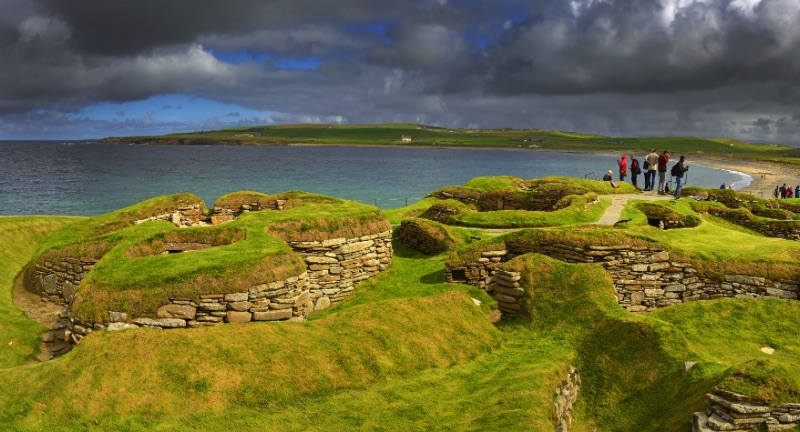
Shutterstock
Skara Brae is a remarkably well-preserved Neolithic settlement, occupied from around 3180-2500 BC. The site includes stone-built houses with furniture such as beds and hearths, giving a glimpse into prehistoric life. It’s located along a stunning coastline, making it a scenic destination. The visitor center offers an interactive experience with artifacts and reconstructions of daily life.
Alhambra (Granada, Spain)
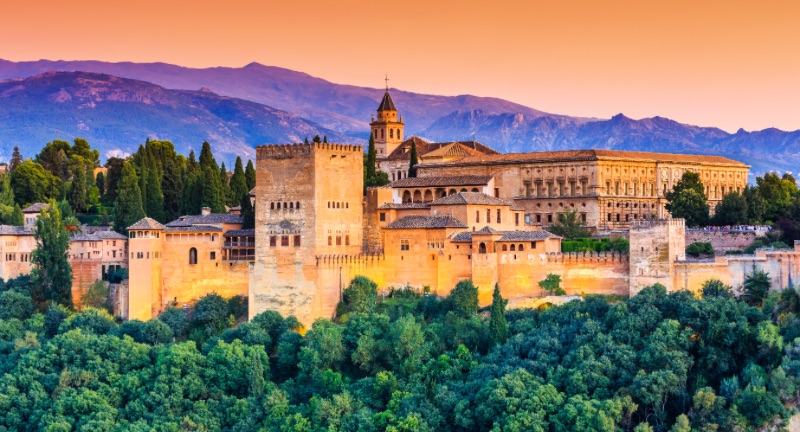
Shutterstock
The Alhambra, a stunning palace and fortress complex, was built by the Moors in the mid-13th century and later expanded under the Nasrid Dynasty. It features intricate Islamic architecture, beautiful gardens, and stunning views of Granada. Tickets are limited and sell out quickly, so booking in advance is crucial. Opt for a night visit to experience its tranquil beauty under soft lighting.
Terracotta Army (Xi’an, China)
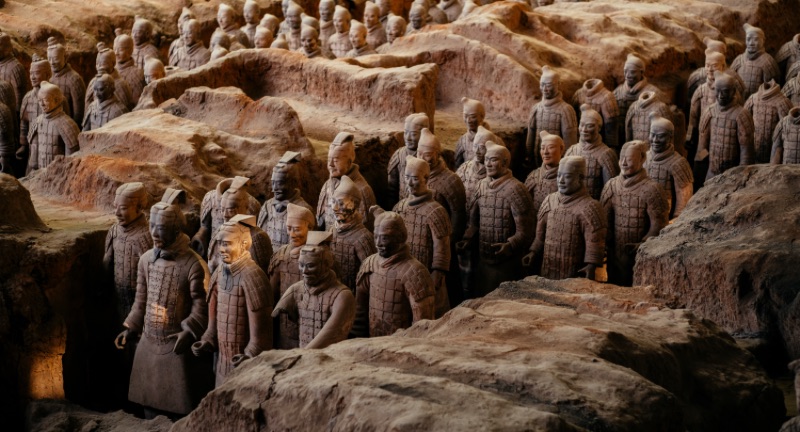
Shutterstock
Discovered in 1974, the Terracotta Army consists of thousands of life-sized clay soldiers buried with China’s first emperor, Qin Shi Huang, around 210 BC. The warriors, each with unique facial expressions, were intended to protect the emperor in the afterlife. Visitors can view the excavation pits and a museum displaying artifacts. Visit early to avoid large crowds and take time to explore the museum exhibits.
Cahokia Mounds (Illinois, USA)
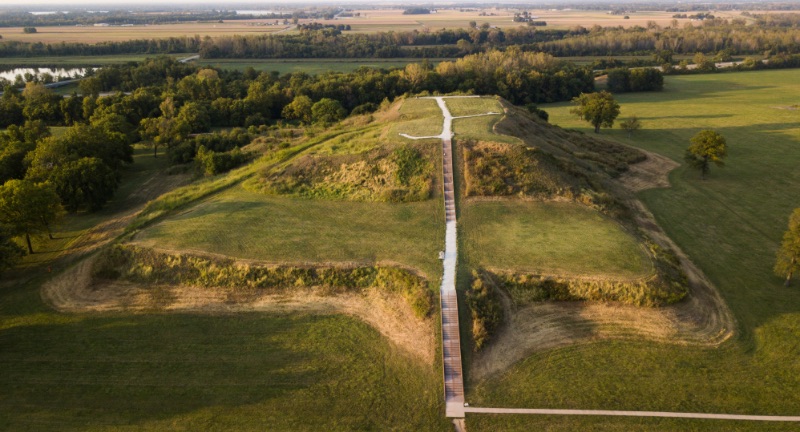
Shutterstock
Cahokia Mounds, once home to a pre-Columbian Native American city, was inhabited from 1050 to 1350 AD. It features over 80 mounds used for ceremonial, residential, and burial purposes. The largest mound, Monks Mound, offers a great view of the surrounding area. The visitor center provides excellent context about the site’s history and significance.
The Colosseum (Rome, Italy)

Shutterstock
The Colosseum, an iconic symbol of ancient Rome, was completed in 80 AD under Emperor Titus. It was primarily used for gladiatorial contests and public spectacles like animal hunts and mock naval battles. Today, visitors can explore this massive amphitheater’s arches, underground chambers, and galleries. Book tickets in advance and opt for early morning or late afternoon visits to avoid crowds.
Chichen Itza (Yucatán, Mexico)

Shutterstock
Chichen Itza, a UNESCO World Heritage Site, was one of the largest Maya cities and flourished between 600-1200 AD. Its iconic El Castillo pyramid served as a temple to the god Kukulkan. The site also features a massive ball court, temples, and a cenote. It’s best to visit early in the morning to beat the heat and explore the grounds at a leisurely pace.
Machu Picchu (Cusco Region, Peru)

Shutterstock
Machu Picchu, an ancient Inca city, was built in the 15th century and later abandoned during the Spanish conquest. Perched high in the Andes, it features temples, terraces, and a large plaza. Visitors can either hike the Inca Trail or take a train to the nearby town of Aguas Calientes. To preserve the site, daily visitor numbers are limited, so booking tickets well in advance is essential.
Petra (Ma’an, Jordan)

Shutterstock
Petra, also known as the “Rose City,” is an archaeological wonder carved into red sandstone cliffs by the Nabataeans around 300 BC. Key attractions include the Treasury, the Monastery, and the ancient tombs. The site is most striking at dawn or dusk when the stone glows with warm hues. Take a guided tour or explore on your own with plenty of water and sunscreen.
Stonehenge (Wiltshire, England)

Shutterstock
Stonehenge, a prehistoric monument built between 3000-2000 BC, is made of massive stones arranged in a circular formation. Its purpose remains a mystery, though it may have been used for rituals or astronomical observations. A visitor center provides detailed history, and audio guides enhance the experience. Book tickets online to avoid long queues, and consider visiting during a solstice event.
The Pyramids of Giza (Cairo, Egypt)

Shutterstock
The Pyramids of Giza, built during the Fourth Dynasty (circa 2580-2560 BC), are the last remaining wonders of the ancient world. The three main pyramids served as tombs for pharaohs, with the Great Pyramid being the most famous. Visitors can explore the pyramids’ interiors and visit the nearby Sphinx. To experience the site fully, hire a guide or join a tour for detailed insights.
The Acropolis (Athens, Greece)

Shutterstock
The Acropolis of Athens, perched on a rocky hill, was constructed in the 5th century BC and contains several iconic buildings, including the Parthenon. It was a center of political, religious, and artistic life in ancient Greece. The site offers breathtaking views of Athens and its surroundings. The best time to visit is early morning to avoid crowds and harsh sunlight.
Pompeii (Naples, Italy)

Shutterstock
Pompeii, an ancient Roman city, was buried under volcanic ash from Mount Vesuvius in 79 AD, preserving it for centuries. The site offers a unique glimpse into daily Roman life, with its well-preserved streets, homes, and public baths. Guided tours are available to navigate the sprawling site. Wear comfortable shoes and bring water, as the site is large and walking-intensive.
Angkor Wat (Siem Reap, Cambodia)

Shutterstock
Angkor Wat, the largest religious monument in the world, was built in the early 12th century as a Hindu temple for the Khmer Empire. It later transformed into a Buddhist temple and is surrounded by a vast complex of other temples and structures. Sunrise and sunset are the most magical times to visit. A guided tour is highly recommended to grasp the site’s historical and cultural significance.
The Great Wall of China (Beijing, China)

Shutterstock
The Great Wall of China, built over several dynasties starting in the 7th century BC, stretches for over 13,000 miles. It served as a defense against invasions and now stands as a symbol of China’s resilience. Sections near Beijing, such as Badaling and Mutianyu, are the most popular and accessible for visitors. Be prepared for steep climbs and bring water, especially in summer.
Tikal (Petén, Guatemala)

Shutterstock
Tikal, once a major city of the ancient Maya civilization, dates back to the 1st century AD and reached its peak in the 7th century. The site is known for its towering pyramids, temples, and palaces set amidst dense jungle. Visitors can climb several structures for panoramic views of the surrounding rainforest. Early morning tours are best for avoiding heat and crowds.
Easter Island Moai (Rapa Nui, Chile)

Shutterstock
Easter Island, or Rapa Nui, is famous for its giant stone statues called moai, created between 1400-1650 AD. These enigmatic statues, carved from volcanic rock, are believed to represent ancestors or important figures. The island is remote, requiring a flight from Chile, but offers a unique cultural and archaeological experience. Guided tours help provide insight into the island’s mysterious past.
Ephesus (Izmir, Turkey)
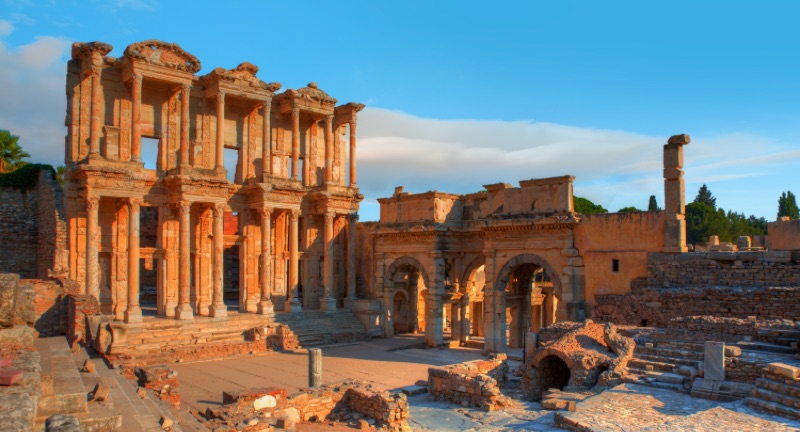
Shutterstock
Ephesus, an ancient Greek city and later a major Roman center, was once home to the Temple of Artemis, one of the Seven Wonders of the Ancient World. Visitors can explore the well-preserved streets, the Library of Celsus, and the Great Theater. Early morning visits are best to avoid crowds and heat. A guided tour is recommended for understanding the site’s rich history.
Teotihuacan (Mexico City, Mexico)
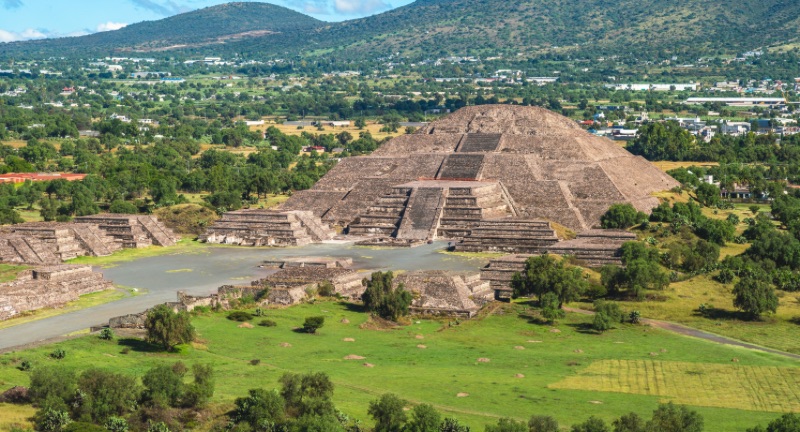
Shutterstock
Teotihuacan, located near modern Mexico City, was one of the largest cities in the ancient world, flourishing around 100-600 AD. The site is best known for the Pyramid of the Sun and the Pyramid of the Moon, which visitors can climb. Arriving early is crucial to avoid large crowds, especially during weekends. Guided tours provide insight into its complex history and significance.
Knossos (Crete, Greece)
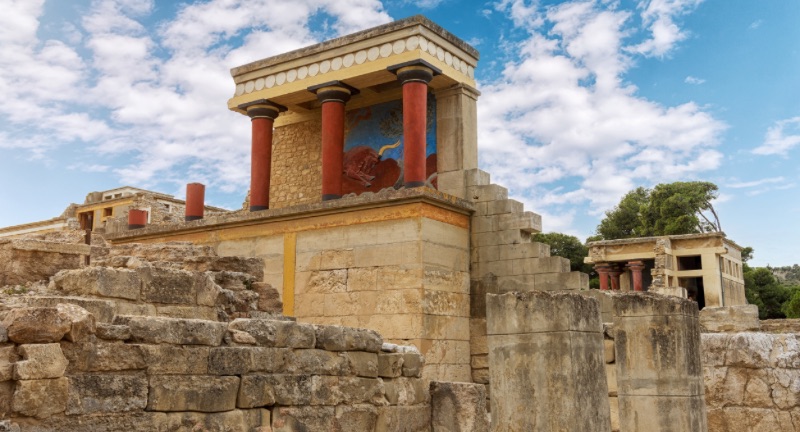
Shutterstock
Knossos is the largest Bronze Age archaeological site on Crete and is considered Europe’s oldest city, dating back to 2000-1400 BC. It was the ceremonial and political center of the Minoan civilization. Visitors can explore the partially restored palace and learn about the myth of the Minotaur and the labyrinth. A guided tour can enhance your visit with details about Minoan life.
Herculaneum (Campania, Italy)
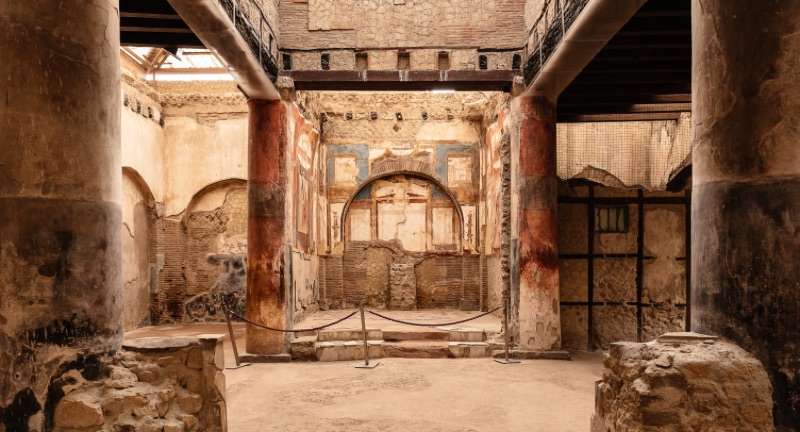
Shutterstock
Herculaneum, like Pompeii, was destroyed by the eruption of Mount Vesuvius in 79 AD, but its ruins are even better preserved. The site includes homes with intact frescoes and mosaics, providing insight into daily Roman life. It’s smaller and less crowded than Pompeii, making it ideal for a relaxed exploration. Wear sturdy shoes and bring water, as you’ll be walking on ancient streets.
Mesa Verde (Colorado, USA)
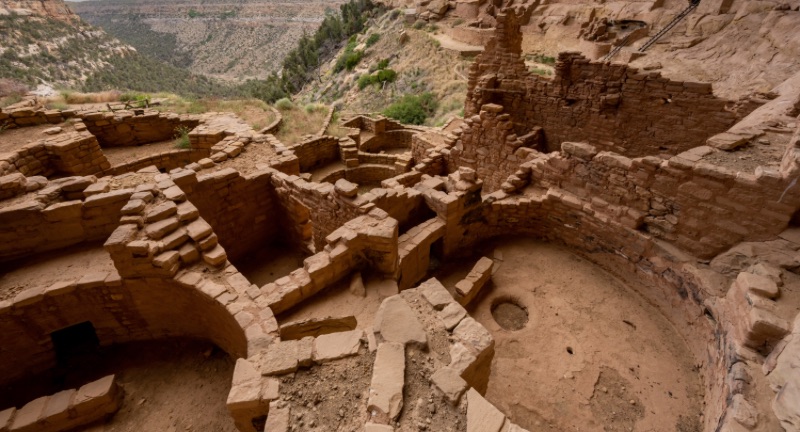
Shutterstock
Mesa Verde National Park protects the well-preserved cliff dwellings of the Ancestral Puebloans, who lived there from 600 to 1300 AD. The park features over 600 cliff dwellings, with the most famous being Cliff Palace. Visitors can take ranger-led tours to explore these ancient homes. Be prepared for moderate hikes and bring water, as the altitude can make activities more strenuous.
Sigiriya (Central Province, Sri Lanka)

Shutterstock
Sigiriya, also known as Lion Rock, is an ancient rock fortress and palace built in the 5th century AD by King Kashyapa. The site features impressive frescoes, gardens, and the ruins of the royal palace atop the rock. The climb is steep, but the view from the top is worth the effort. Visit early to avoid the heat, and bring plenty of water for the ascent.
Carthage (Tunis, Tunisia)
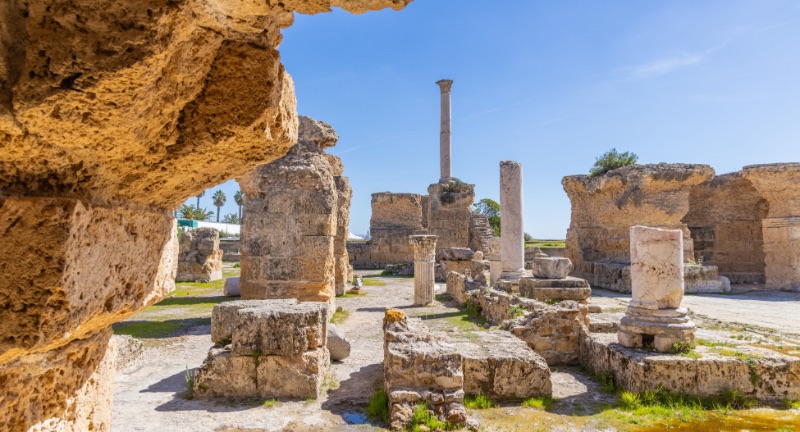
Shutterstock
Carthage, founded by the Phoenicians in the 9th century BC, was a powerful city-state and Rome’s great rival during the Punic Wars. Although destroyed by the Romans in 146 BC, it was later rebuilt and remains an important archaeological site. Visitors can explore ruins of baths, amphitheaters, and residential areas. A visit to the Carthage Museum provides further historical context.
Delphi (Central Greece, Greece)
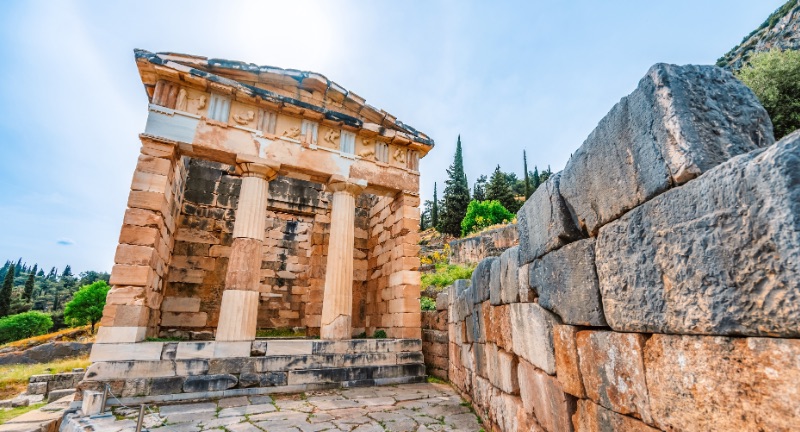
Shutterstock
Delphi, once considered the center of the world by the ancient Greeks, was home to the famous Oracle of Delphi. This religious sanctuary was dedicated to Apollo and played a major role in Greek political and cultural life. Visitors can explore the Temple of Apollo, the ancient theater, and the stadium. Visiting early in the day or late afternoon provides a more peaceful experience.
Göbekli Tepe (Şanlıurfa, Turkey)
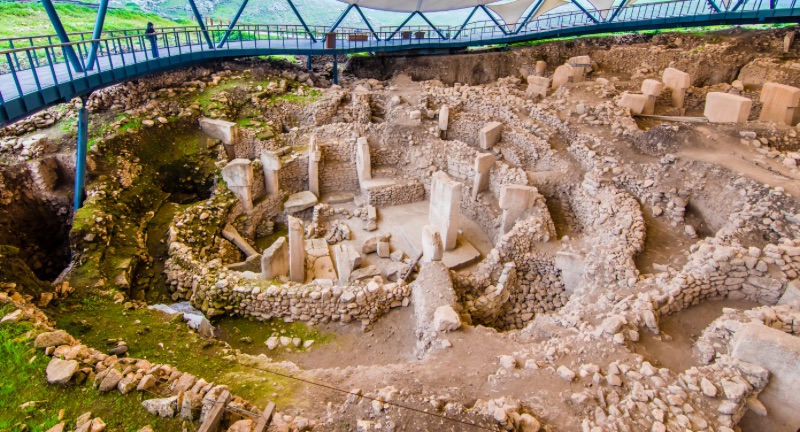
Shutterstock
Göbekli Tepe, discovered in the 1990s, is considered the world’s oldest known temple complex, dating back to around 9600 BC. The site features massive stone pillars arranged in circles, believed to be used for religious purposes. While it’s still under excavation, visitors can explore parts of the site and its surrounding landscape. A visit to the nearby Şanlıurfa Museum offers additional insights into the significance of Göbekli Tepe.
Conclusion

Shutterstock
Visiting archaeological sites gives you a special way to connect with the past. These incredible places let you walk through history, offering a closer look at ancient cultures and the way people lived long ago. Whether you’re exploring ancient ruins or admiring old carvings, these sites provide an experience that goes beyond what you can find in a museum. By seeing these historic places up close, you get a real sense of the achievements and stories of those who came before us.

 News2 months ago
News2 months ago
 Lifestyle3 months ago
Lifestyle3 months ago
 Entertainment3 days ago
Entertainment3 days ago
 Entertainment3 days ago
Entertainment3 days ago
 Lifestyle2 months ago
Lifestyle2 months ago
 Lifestyle2 months ago
Lifestyle2 months ago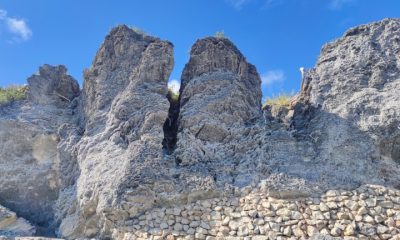
 News2 months ago
News2 months ago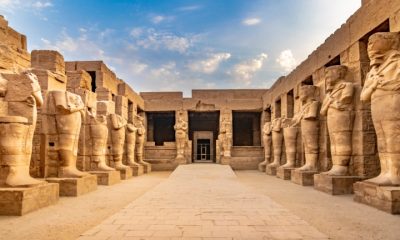
 Lifestyle2 months ago
Lifestyle2 months ago






































